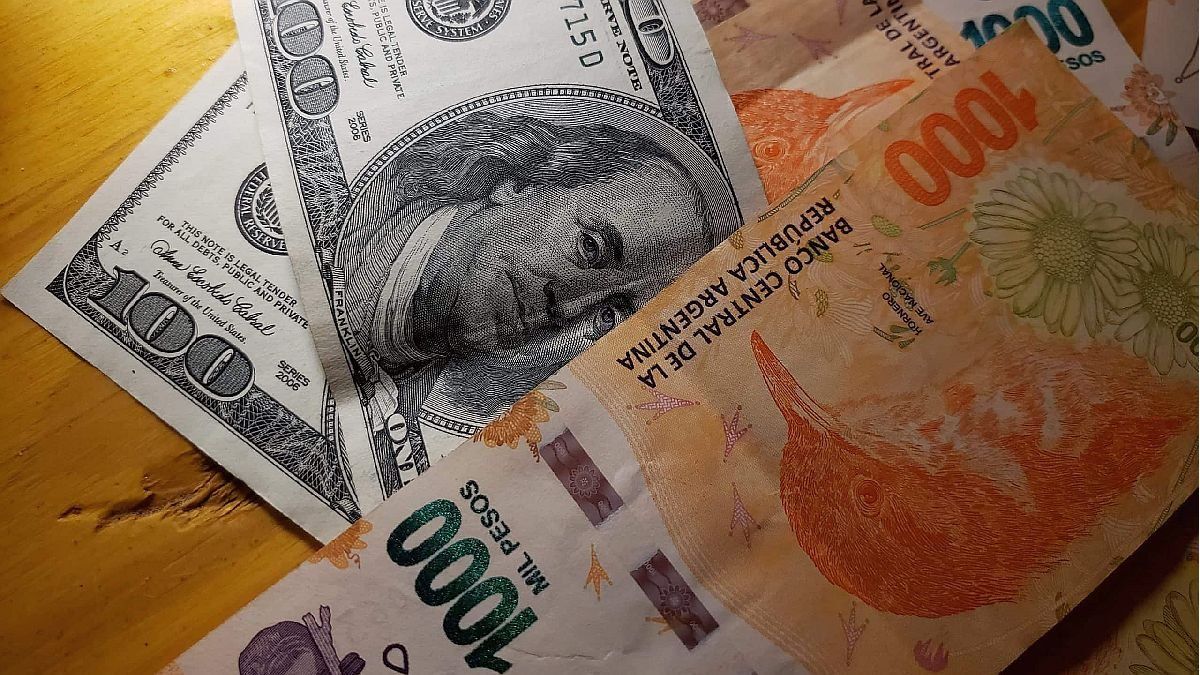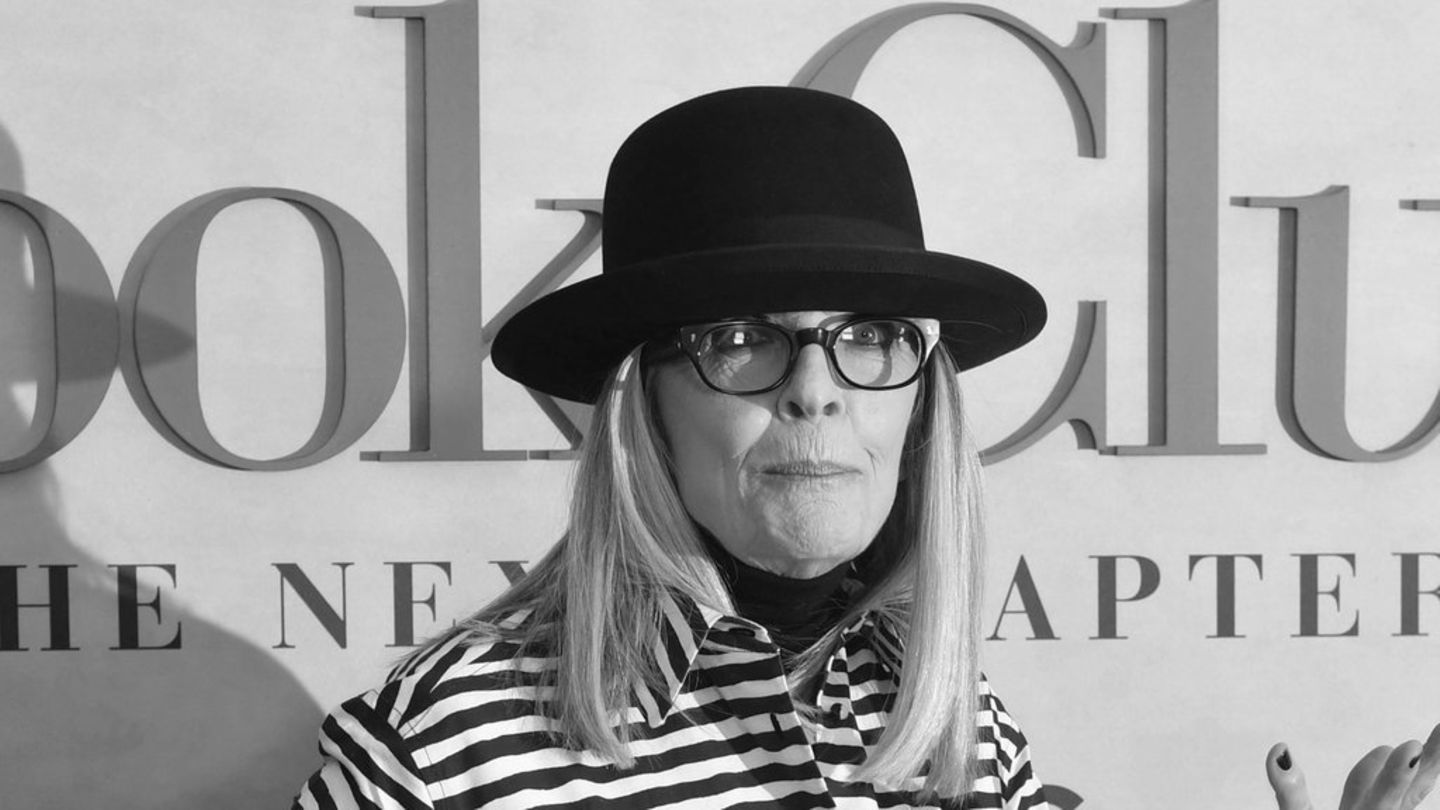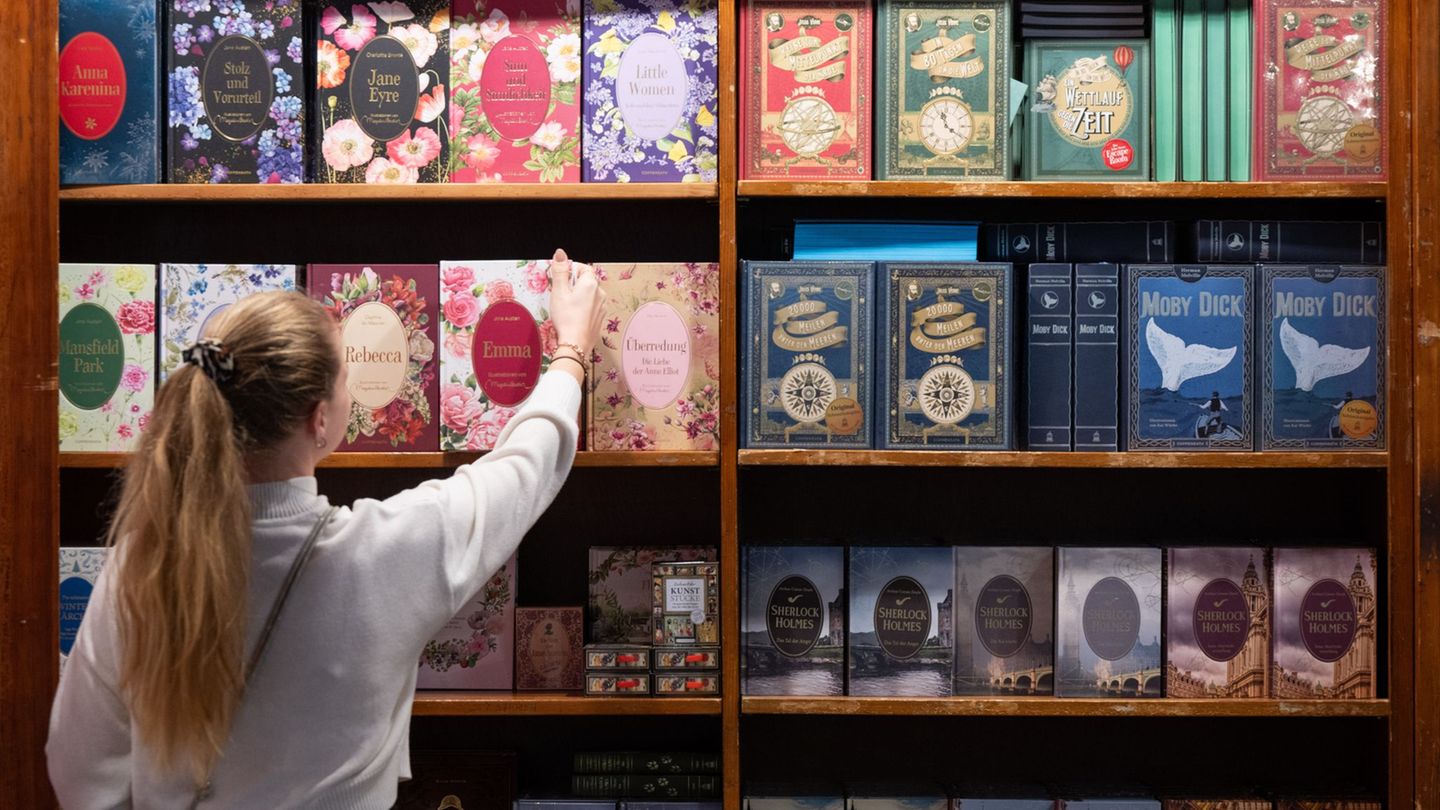In the short term, the private sector expects prices to rise more than 4% in both February and March, driven by seasonal issues. In addition to this factor and the important inertia of the inflationary process, the upward expectations are supported by expected adjustments in relative prices that go against the long-awaited slowdown.
On the one hand, there is the question of energy service rates. In March there would be an increase, although in the framework of the agreement with the IMF there is pressure for more corrections, since it would be one of the few ways to approach the reduction of the fiscal deficit stipulated in the understanding with the organism without affecting the lower income sectors.
In parallel, the BCRA accelerated the rate of devaluation in the official exchange market, for which the exchange rate has already been advancing at an annualized rate close to 40%. Regarding this variable, the Government tries to show caution, since although a greater “crawling peg” can improve the competitiveness of the export sector and encourage the liquidation of foreign currency, it can also accelerate the dynamics of prices even more.
Second rate hike in the year: do they match inflation?
As for interest rates, the monetary authority decided last Thursday to increase yields. The annual effective rate (TEA) paid by the 28-day Leliqs rose from 48.3% to 51.9%. Likewise, the return on fixed terms went from 46.8% to 50.4% (3.5% per month).
The Economist santiago manukian He told this medium that when comparing the rate with inflation, the expected inflation should be looked at and not the past. Under this perspective, he remarked that “with an expected inflation of 4% between February and April, the rate would be insufficient”. “For a traditional fixed term to tie against inflation, the nominal annual rate (TNA) should rise to 48%, well above the current 41.5%. In this context, the fixed term UVA continues to be a profitable option, at least in the short term”, he detailed.
Fixed term vs inflation
Source: Santiago Manoukian
Rates vs Dollar
Although yields in pesos are not yet positive in real terms, they are above the depreciation that the local currency has been experiencing. “This differential should help discourage the dollarization of portfolios, taking pressure off the exchange rate gap,” they argued from the Equilibra consultancy in a report published this week.
“The rate hike will allow the BCRA to continue accelerating the crawling-peg of the official exchange rate, today at 3% per month, up to the 3.5% zone without misaligning incentives, by contributing to the reconstruction of the demand for pesos”, limited the entity directed by Martín Rapetti.
For his part, the researcher at the Center for State and Society Studies (CEDES) Joaquin Waldman He stressed that “beyond the fine detail, in 2021 the nominal variables (rates, dollar and inflation) were playing on different courts, while now they are getting closer.”
“The BCRA is beginning to make the increases compatible so as not to generate problematic incentives. To speed up the crawling peg, it had to raise rates, otherwise exporters have incentives not to liquidate their sales and take cheap credit in local currency.; If the expectation is that the dollar rises, it is convenient for the businessman to bring the dollars later when their price is higher and, meanwhile, leverage himself in pesos”, he deepened.
What investments gain appeal
Fernando ZiadeManaging Director of Adcap Financial Group, stressed that “in a context of BCRA rate hikes, the market assigns value to variable rate assets over fixed-rate ones.
Therefore, he asserted, in recent weeks the market has increased its demand for assets tied to the Badlar rate (sovereign, sub-sovereign and corporate), especially short-term assets.
“In the sovereign short part, we find the bond AA22 with a spread around the Badlar rate + 1%; also to PBY22, which trades around Badlar +2%; already the first line corporate loans of durationbetween 6 and 12 months, with a spread of around Badlar + 1.5%”, Ziade pointed out, although he clarified that investors continue to weigh inflation-linked securities (CER), which were the most requested in 2021, highly. .
pressure for the treasury
The new adjustments also included the increase to 52.6% of the TEA of the Leliqs at 180 days that the Central created last month. In this way, they tied the yield that the Treasury validated in the last auction of debt in pesos for the Lede due in July of this year.
“ANDThe Treasury validated a significant rate hike in the last auction, but it is likely that there will be more adjustments when maturities are larger and a greater effort is required to obtain net financing. Banks today can use both Central Bank instruments and Treasury instruments as reserves. If they pay the same, they choose to keep the BCRA assets that have less risk of defaultWaldman explained.
Manoukian agreed on the need to offer this “prize” of rates, in a context in which the Government would have to obtain new indebtedness in the market for about 1.8% of GDP to meet the objective of reducing from 3.7 % to 1% the monetary issue on the product, a guideline proposed by Minister Martín Guzmán when he announced the understanding with the IMF.
For its part, in Equilibra they maintain that this “gap” of rates should be at least 3 percentage points.
This pressure would increase if there are new adjustments in BCRA rates, something that most specialists consider likely.
“Having positive real rates is one of the keys to stabilizing the demand for pesos, discouraging the demand for hard currency coverage and cutting the pressure against reserves. Even more so in a bi-monetary economy, which often forces the Central Bank to overreact to discourage the demand for dollars”, said Manoukian.
“If the monetary authority is really committed to granting positive rates, and inflation remains at these levels, it will be forced to increase returns again, although I don’t think it will rush too much or make sudden adjustments,” he projected.
In short, the race between the variables continues to have inflation in the lead. However, rates have already come quite close and are beating the pace of devaluation, encouraging some investment in local currency and widening the margin for a faster crawling peg.
Source: Ambito
David William is a talented author who has made a name for himself in the world of writing. He is a professional author who writes on a wide range of topics, from general interest to opinion news. David is currently working as a writer at 24 hours worlds where he brings his unique perspective and in-depth research to his articles, making them both informative and engaging.




